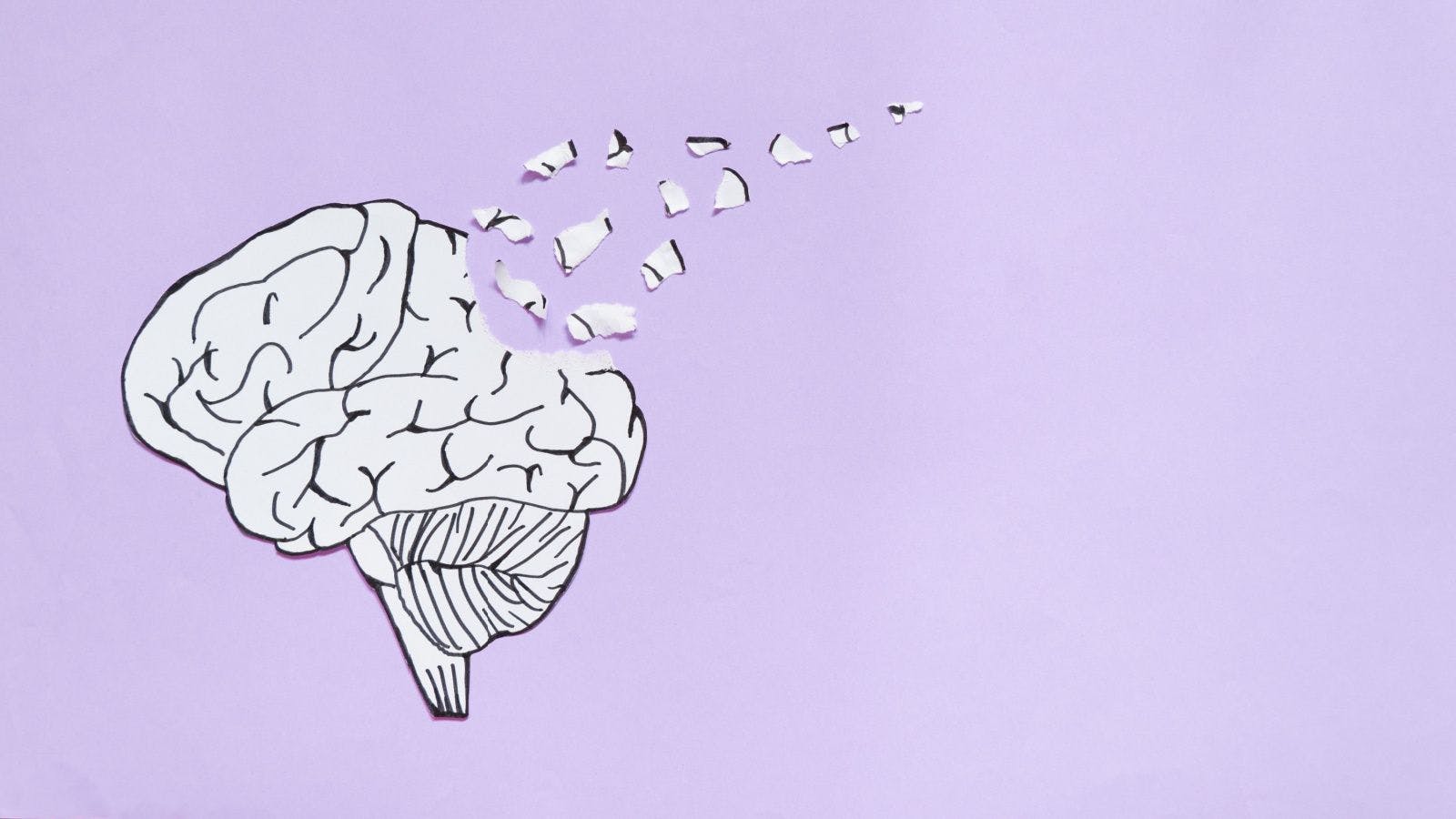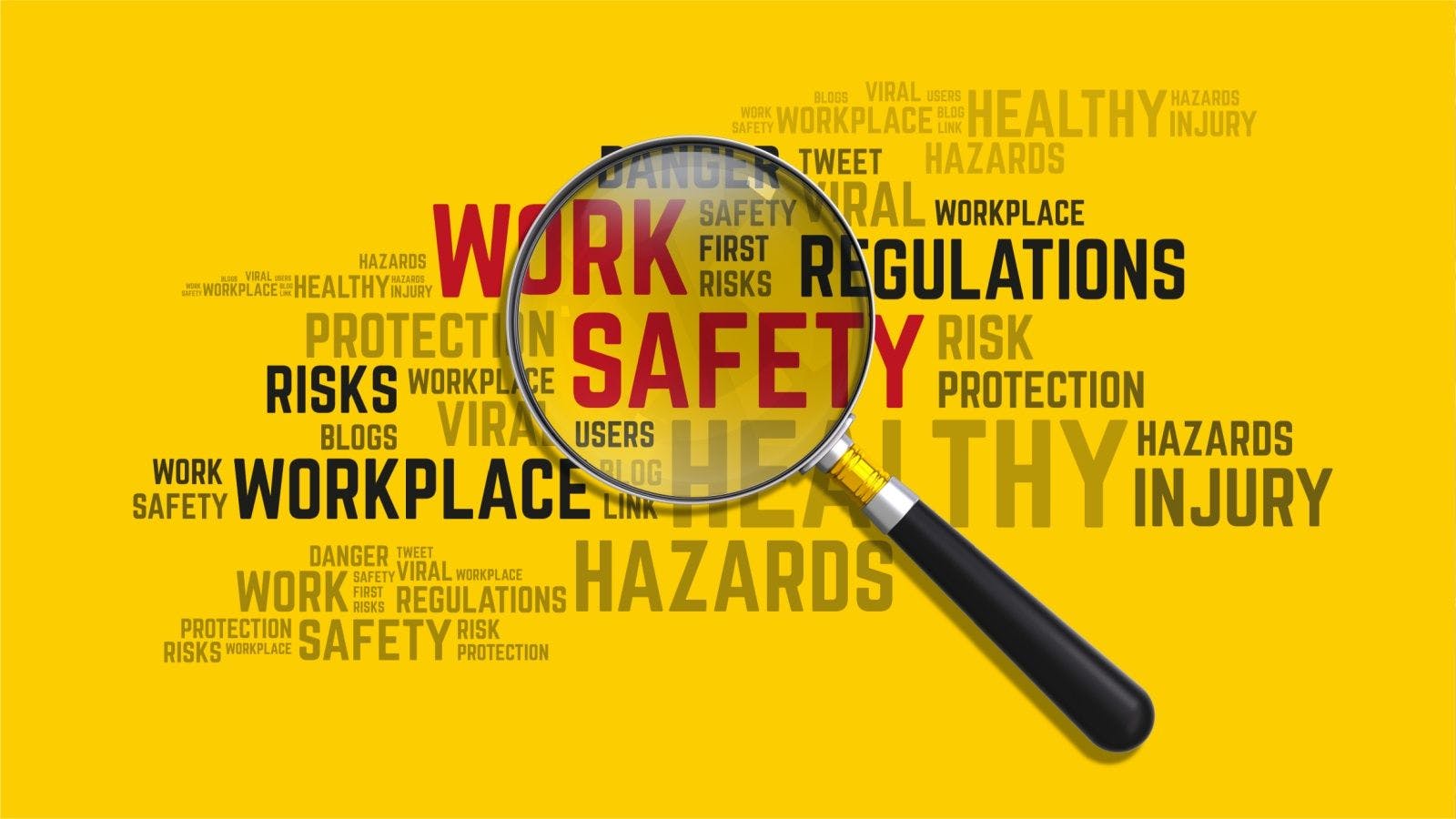
Mild Traumatic Brain Injuries in the Construction Industry: Understanding the Challenges and Solutions
In the bustling world of construction, where towering structures rise and heavy machines hum, the dangers that lurk within the workspace often go unnoticed. Among these hazards lies a significant and frequently disregarded threat: concussions.
A concussion is a simple way of saying mild traumatic brain injuries (mTBI). In terms of traumatic brain injuries, there are three types: mild TBI, moderate TBI and severe TBI. This article will discuss mTBI within the construction industry.
CONSTRUCTION SECTOR VULNERABILITIES
Concussions pose a significant but frequently disregarded risk within the construction industry, arising from various occupational hazards. Studies show a notable incidence of concussions resulting from falls, falling objects and other construction-related incidents, underscoring the widespread occurrence of these injuries in the sector. The impact of concussions goes beyond immediate health implications, encompassing short-term cognitive impairments, long-term neurological issues and an increased risk of accidents at construction sites.
Research shows the disproportionate burden of work-related mTBIs within the construction sector. From 2003 to 2010, 2,210 construction workers experienced mTBIs, with a mortality rate of 2.6 fatalities per 100,000 full-time equivalent workers. These fatalities accounted for a quarter of all construction fatalities and nearly a quarter of all work-related mTBI fatalities across industries during the specified period.
Construction workers also face heightened risks of mTBIs due to the dynamic nature of their work environments, where they are vulnerable to falling from elevated platforms or being struck by objects. Falls from roofs, ladders and scaffolds account for over half of fatal mTBIs that are work-related.
Construction employees at smaller construction companies, older workers, foreign-born workers and/or those in specific occupations such as employees working with structural iron and steel, as well as roofers, face a higher risk of dying from a traumatic brain injury.
THE CHALLENGES
Research has found that about one in four mTBIs among U.S. adults occurs in the workplace, highlighting the urgent requirement for focused intervention and prevention measures within the construction industry.
Mild traumatic brain injuries among construction workers can greatly hinder project efficiency. This is because concussions may lead to time off for recovery, causing delays and/or workflow disruptions, and can ultimately increase project costs. Utilizing proper personal protective equipment, encouraging open dialogue about safety and fostering mutual understanding among stakeholders can help manage mTBIs cases and improve outcomes for affected individuals.
SYMPTOMS AND CONSEQUENCES
The signs of mTBI can vary widely, from subtle changes in thinking to more noticeable physical symptoms such as severe headaches, confusion, tiredness, dizziness and sensitivity to light or sound. These symptoms can appear suddenly or develop gradually over time, making diagnosis and treatment more challenging. Therefore, it's important to carefully evaluate and address these symptoms.
Health-care professionals may conduct thorough assessments to identify impairments in areas such as cervical range of motion, strength, balance, coordination and vision. These evaluations offer valuable insights into the functional impact of mTBIs and help create customized treatment plans to support recovery and reduce long-term effects.
CORRECT MISCONCEPTIONS. RAISE AWARENESS.
An important part of effectively managing mTBIs is dispelling myths and misunderstandings about these injuries. Two common misconceptions are that loss of consciousness is always present in mTBI cases and that mTBIs only result from direct impacts to the head. However, new research challenges these ideas, highlighting the various ways mTBIs can occur.
While direct head impacts can cause mTBIs, rapid acceleration-deceleration or explosive/blast forces can also lead to these injuries. These movements can trigger chemical changes in the brain, causing cellular damage and functional impairments. Additionally, the lack of loss of consciousness does not rule out an mTBI diagnosis, as most cases occur without this symptom.
PREVENTIVE MEASURES
Preventing mTBIs in the construction industry requires a comprehensive strategy that tackles different risk factors and fosters a safety-oriented culture. Additionally, ongoing research efforts, such as those carried out by the National Institute for Occupational Safety and Health, aim to improve the design and effectiveness of helmets in reducing the incidence of TBIs among construction workers.
Continued investment in research, education and preventive measures is paramount to reducing the incidence and severity of mTBIs in the construction industry. By fostering a culture of safety, promoting awareness and implementing evidence-based interventions, stakeholders can work collaboratively to safeguard the wellbeing and productivity of construction workers across the nation.
Tackling the intricacies of mTBIs in the construction industry demands a comprehensive approach involving prevention, awareness and collaboration among stakeholders. By dispelling misconceptions, recognizing symptoms, instituting preventive measures and working with an occupational health provider, the industry can reduce the risk and effects of these injuries, promoting safer and healthier work environments for everyone.
Related stories








